Scents are the gateway for imagination, emotion and memory. But, how can we convey a smell through perfume packaging design? Perfumes and colognes, certainly in the western culture, have always been related to luxury, and their package design shows that intent clearly. That fact is not a coincidence.
The western world is one focused on sight, and the “intellectual elite” of the 18th and 19th century deemed smell to be of a lower order, often associated with savagery, social exclusion and even madness. Opposite to this we know that, for instance, in India, an old form of greeting was to smell a person’s head, while in some middle eastern countries breathing on someone while you speak to them is a gesture of goodwill of even friendship.
It’s no surprise, then, that the Middle East is the birthplace of modern fragrance. Perfumes and scents with eastern influences can be spotted in just about any fragrance department or major beauty store in the United States. And in Europe, of course, we do have a deep relationship with those scents, since it’s part of our heritage.
As product packaging makes an effort to acknowledge and pay respect to diversity and cultural differences, incorporating them into our package design becomes a way to understand the nascent sensibilities of the modern user.
How package design can activate your sense of smell
Making the intangible tangible. That’s the enormous challenge behind creating a memorable perfume packaging design that makes you travel. But we can use some clues: as mentioned, smells and memory are stored as one; also, we tend to smell in colour, and some people even relate smells to textures. For consumers in the Levant region, for instance, “they want a summer scent, but one that still has that leather, that wood” says Rawya Catto, the general manager for CPL Aromas Middle East, a fragrance house based in Dubai.
Loewe did exactly this through Jonathan Anderson’s design. A new series of seven different perfumes, both their naming and their colours relate to the “ideal summer experience”: “AGUA,” “AIRE,” “AURA,” “ESENCIA,” “SOLO,” “SOLO Ella” and “7 & POUR HOMME.”. In this context, the wooden lid, also becomes a very purposeful element.
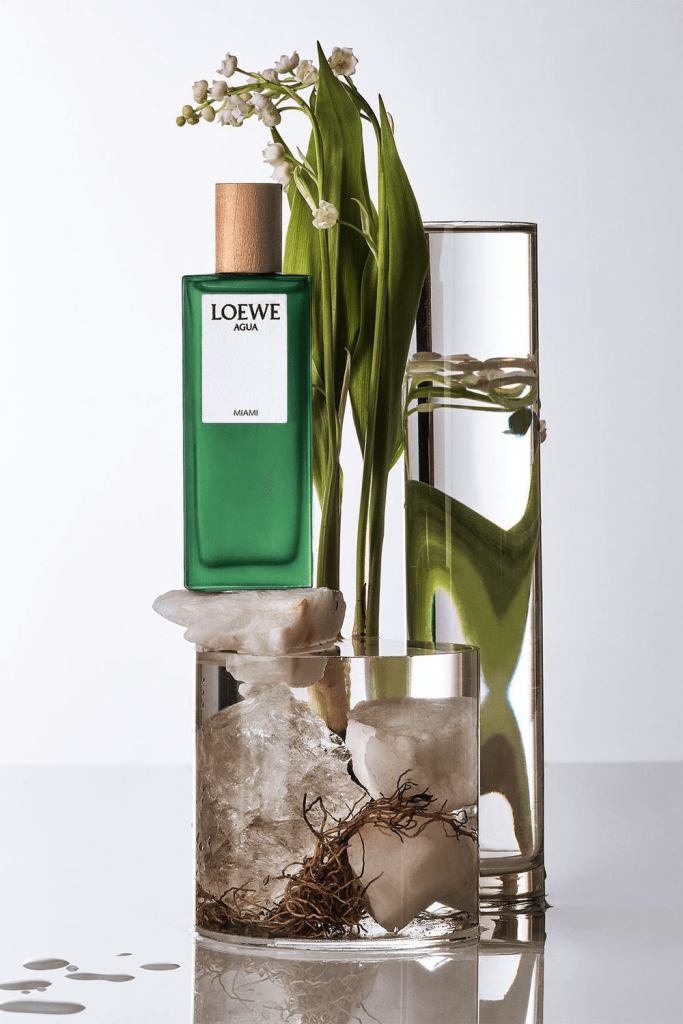
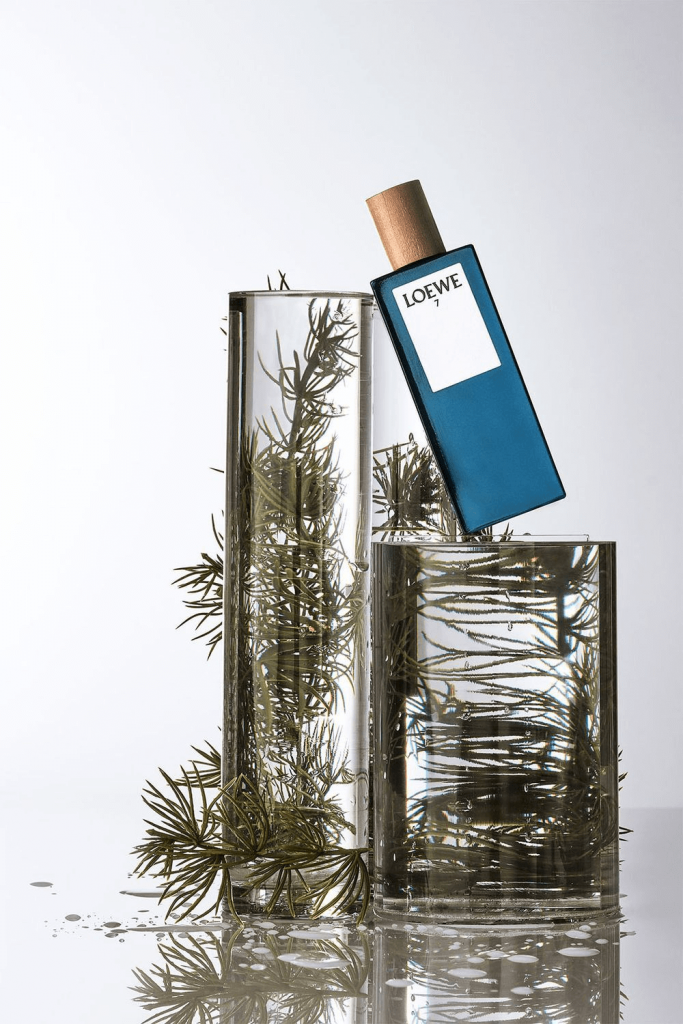
Some people are going beyond the obvious, though, when representing smells. Take the artist Lena Beigel and her project “Veii” as an example: using an industrial aesthetic and everyday tableware as a point of reference, these fragrances invite people to experience smell as part of a dinner menu, highlighting its importance. Its minimalism and quirkiness generates curiosity.
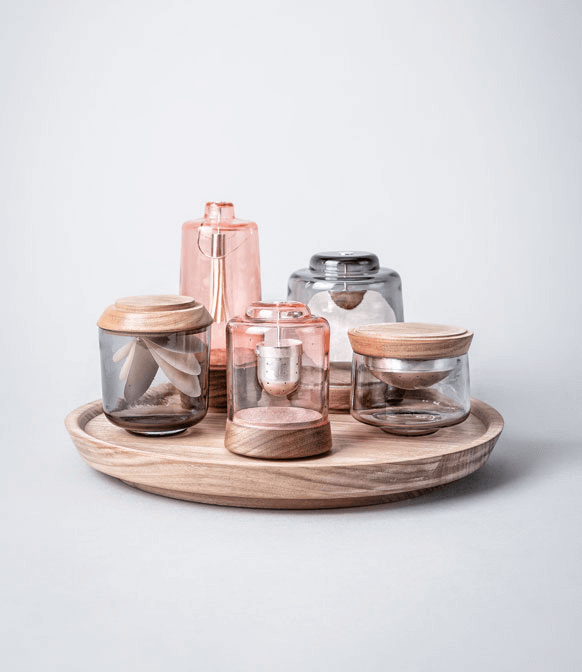
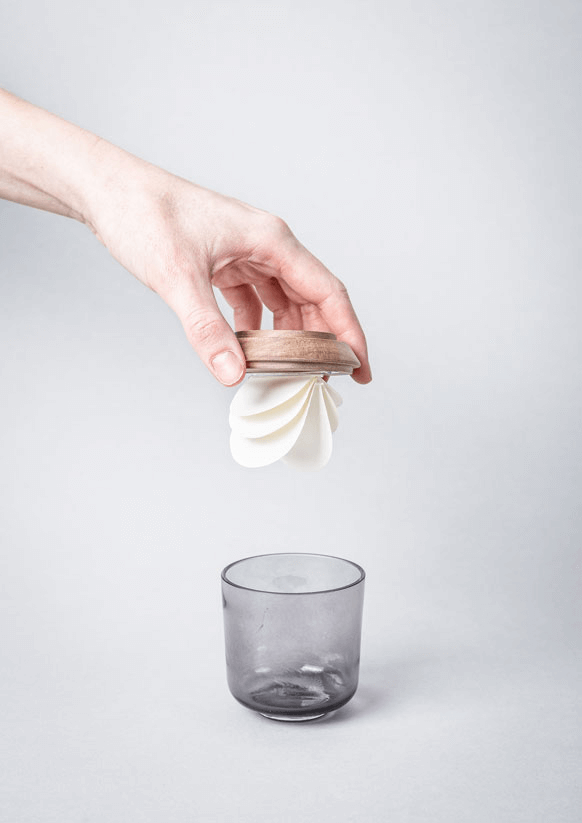
What about Middle Eastern Perfumes? Inspired by Oman’s history in the trade of frankincense and spices, niche fragrance brand Oman Luxury take a very powerful approach to middle eastern perfumes. Their golden logo, embossed and hot stamped on top of the black cap, clearly conveys their heritage and tradition; while at the same time, their flacon is either transparent or lacquered black. The colour of the fragrance itself resembles those of precious stones and materials.
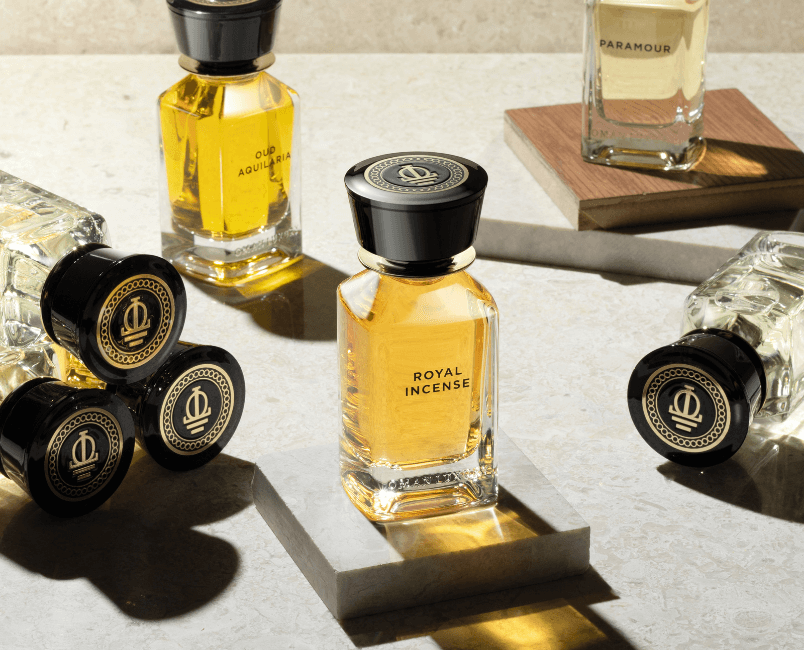
In some ways, different cultures have mimicked and influenced each other since the inception of trade and commerce. We use perfume packaging design to make you travel to other worlds through scent and memory. Turning those nuances and subtleties into iconic designs, then, is a matter of understanding how our different senses relate to each other… and how we relate to them.